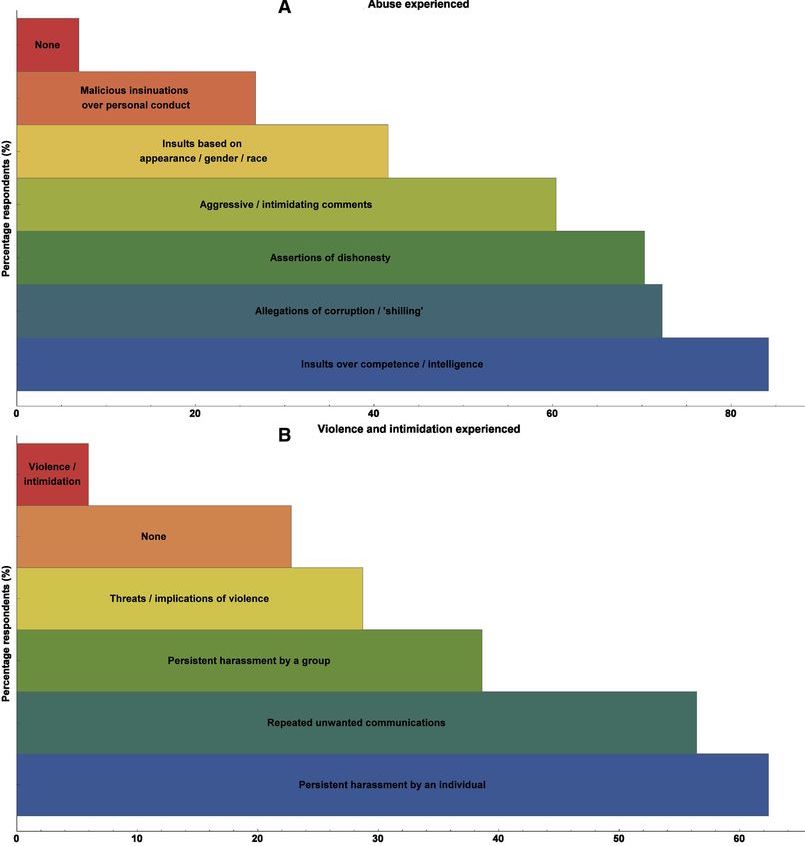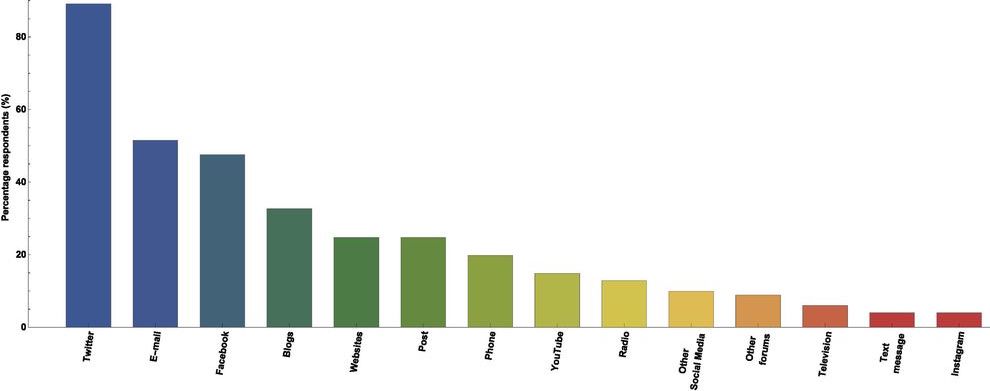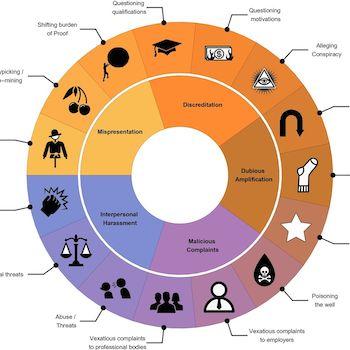The biggest surprise when I became a science communicator nearly 10 years ago was the level of animosity and vitriol aimed at "experts," including scientists like me. In a society dominated by know-nothing blathering heads on cable news and social media, credentials and experience are considered liabilities rather than assets.
Consider a recent comment I received in regard to an article I wrote on why remaining within the World Health Organization is in America's long-term interest. The reader noted that my perspective was skewed because I had an educational background (PhD in microbiology) that allowed me to see the benefits of the WHO. Such knowledge, therefore, blinded me to the reality that the WHO needs to be dismantled. In other words, the more I knew about the topic, the less trustworthy I was.
Though dumb, at least the exchange was pleasant. Many exchanges are downright vicious and threatening, and I'm not the only science communicator to experience that. A new paper published in BMJ Open by lead author David Robert Grimes (which happened to be co-authored with the late Laura Brennan, an HPV vaccine advocate) examines the frequency and extent to which science communicators are harassed and cyberbullied. The results, which were obtained from 101 volunteers who answered a survey offered to science communicators with more than 1,000 followers on Twitter, are eye-watering.
Respondents noted that they had received all manner of harassment, from insults directed at their appearance to accusations of dishonesty to threats of physical violence. (For what it's worth, I have received almost all of these.) The following two charts indicate the proportion of individuals reporting various kinds of harassment.

The survey also asked about where these harassing incidents occurred. As you probably expected, Twitter came out #1, further cementing its reputation as the sewer pipe of the Internet.

The survey didn't ask who was doing the harassing. This is unfortunate because, in my experience, some of the worst cyberbullies and serial harassers are allegedly reputable people, like professors, journalists, journalists, journalists, journalists, and other science communicators.
Source: Grimes DR, Brennan LJ, O'Connor R. "Establishing a taxonomy of potential hazards associated with communicating medical science in the age of disinformation." BMJ Open 2020; 10:e035626. doi: 10.1136/bmjopen-2019-035626




